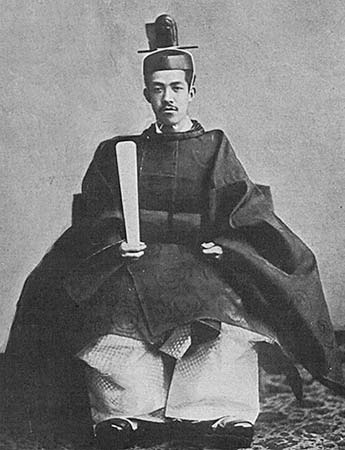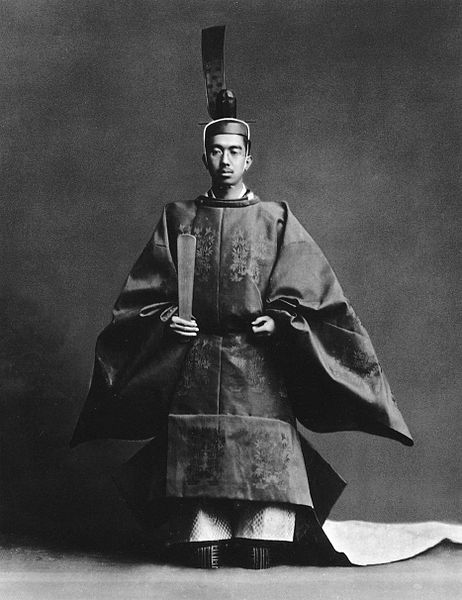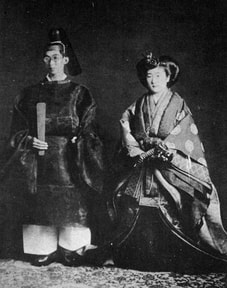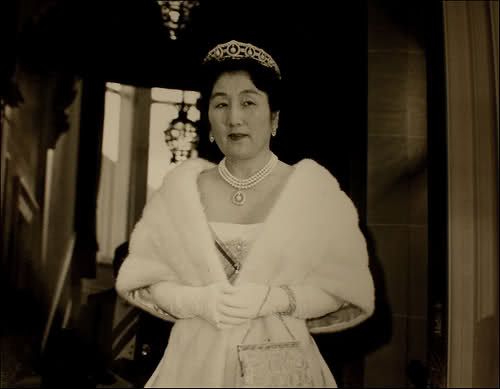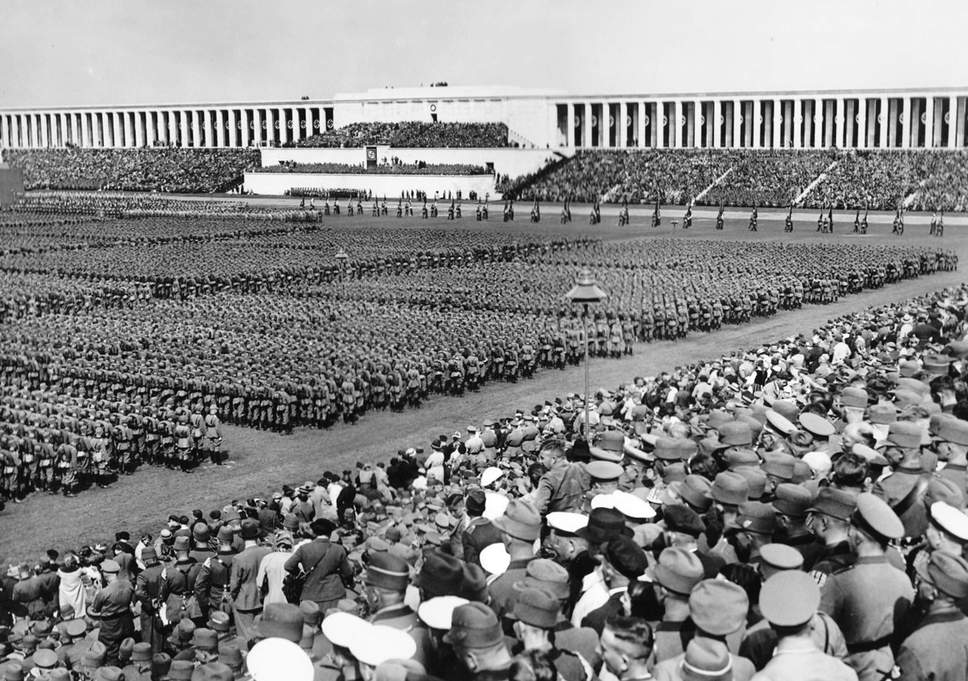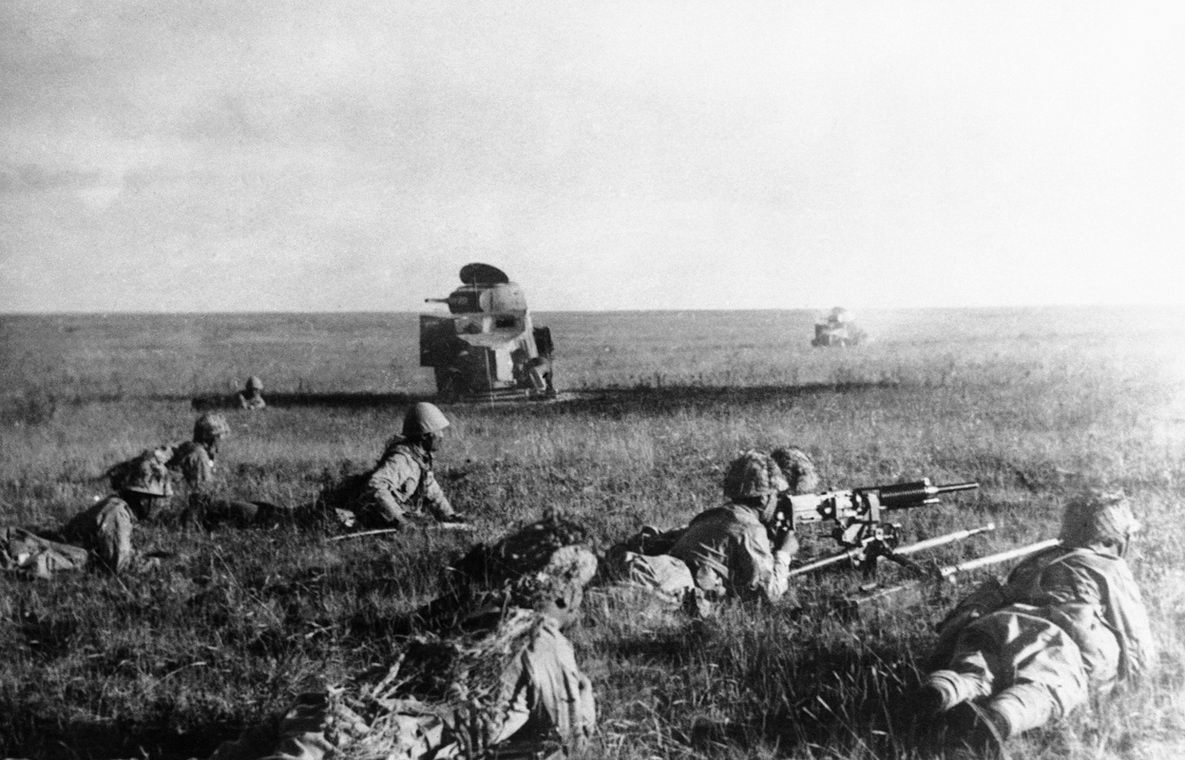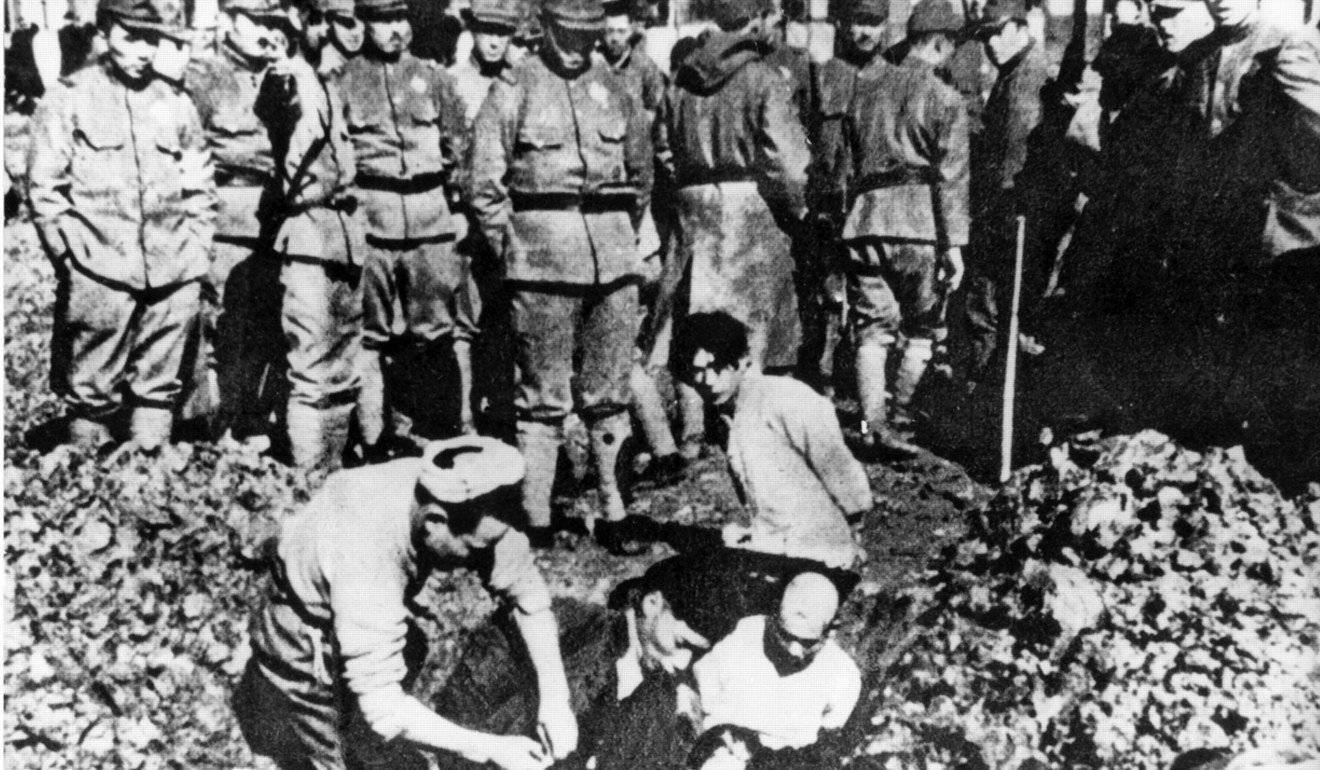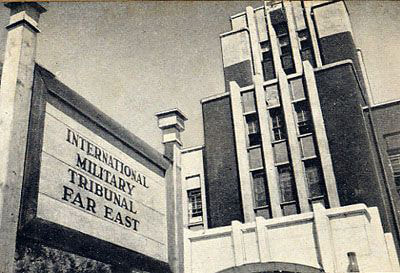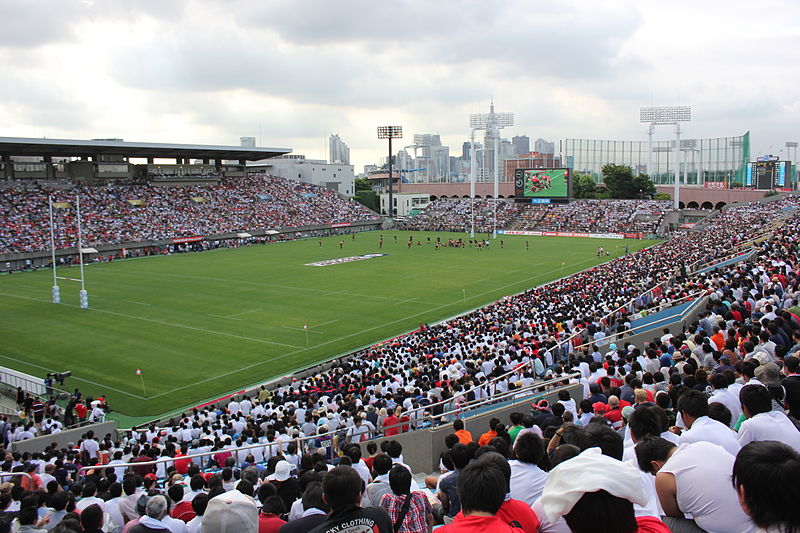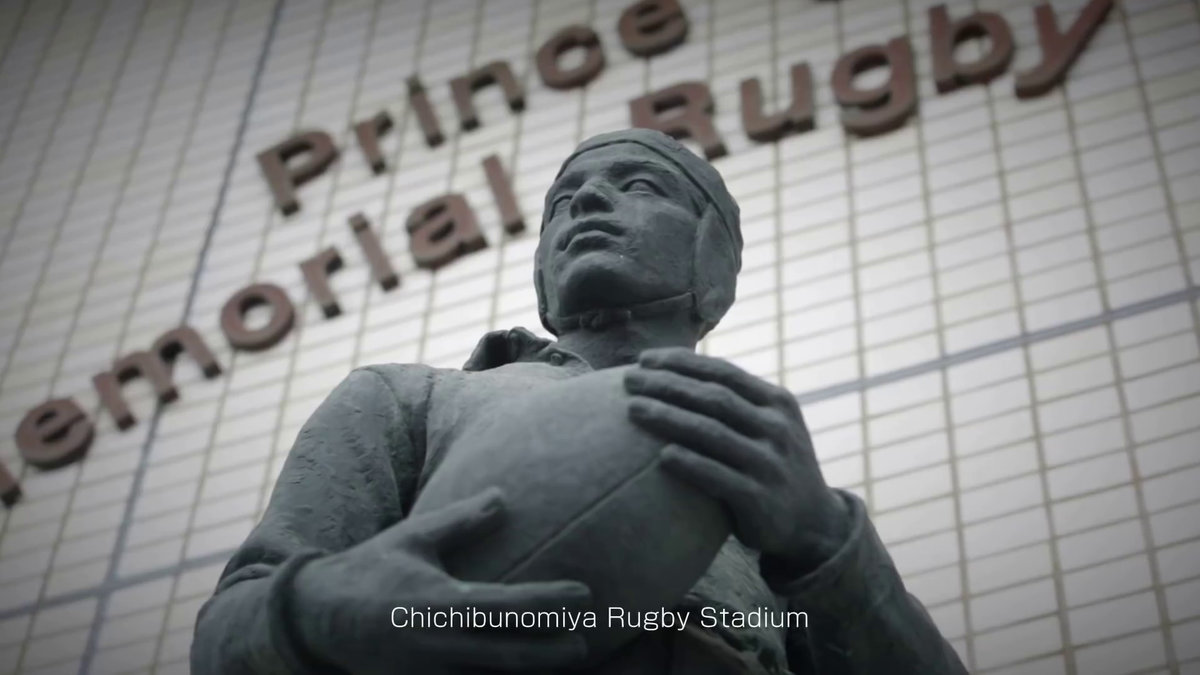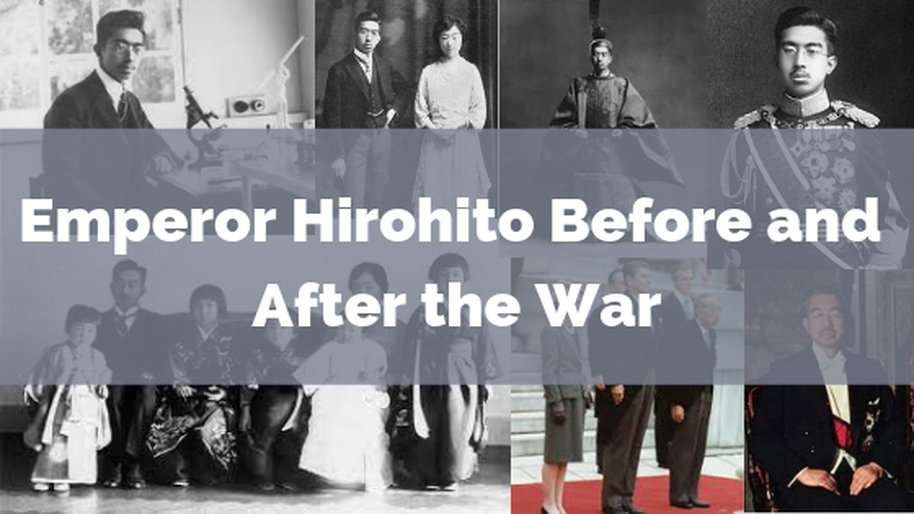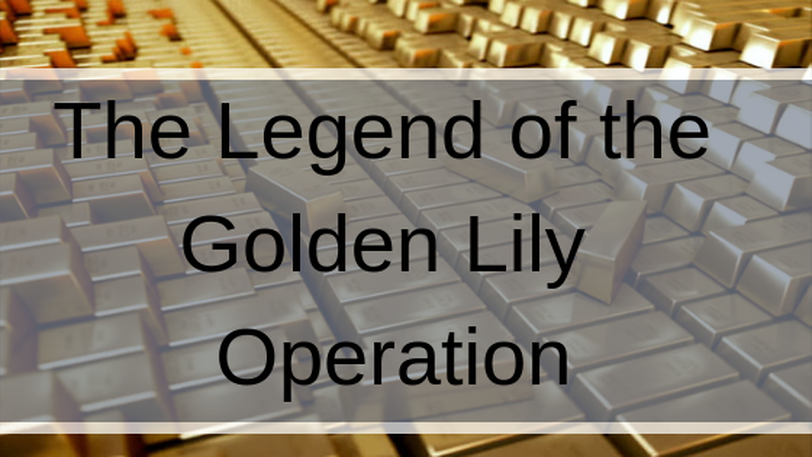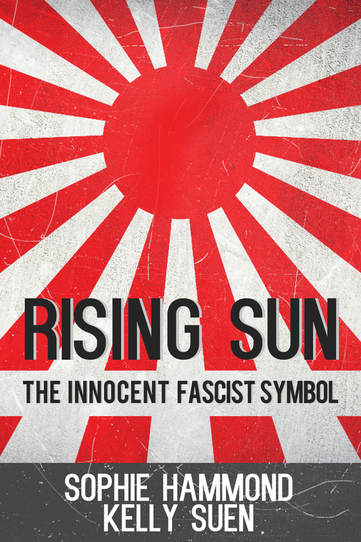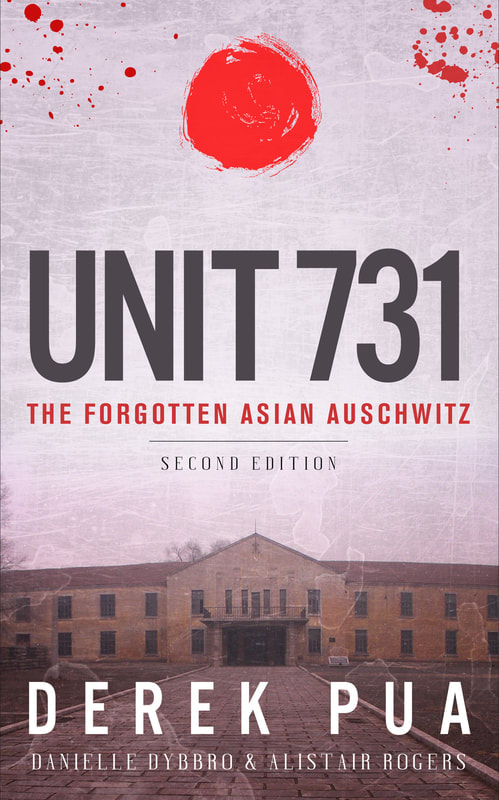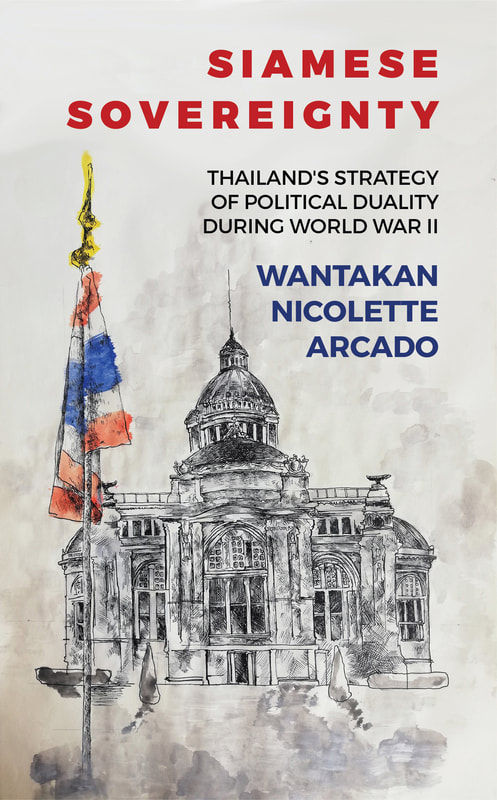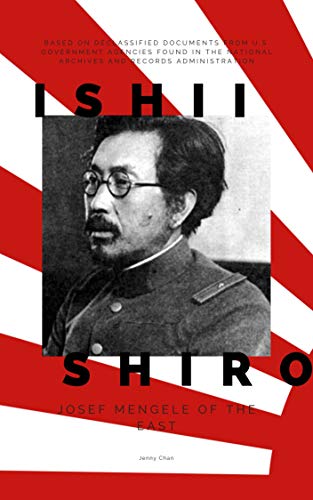|
Nickii Wantakan Arcado Born on June 25, 1902, Prince Chichibu was the second son of Emperor Taisho making him the younger brother of Emperor Hirohito. When he was 20, Emperor Taisho granted Prince Chichibu the title of Chichibu no miya (秩父宮), a gesture meaning that the Prince now had the approval to start a new branch of the imperial family line. Pre-War(continued) When he turned 23, he flew to Great Britain to study at the Magdalen College, Oxford, one of the wealthiest constituent colleges of the University of Oxford. During this time, we were decorated with the Grand Cross of the Royal Victorian Order by King George. Following the death of his father in 1927, he returned to Japan. While his older brother Hirohito was already the designated heir to the Imperial Crown, until Hirohito’s son’s birth (Crown Prince Akihito) in 1933, Prince Chichibu was next in line for the throne. (Emperor Taishō (31 August 1879 – 25 December 1926) left, Emperor Hirohito (29 April 1901 – 7 January 1989) right In 1928, he married Matsudaira Setsuko, the daughter of the Japanese ambassador to the U.S. Unfortunately, the couple never had children leaving as Princess Chichibu’s only pregnancy resulted in a miscarriage. The Beginning of World War IIPrince Chichibu received his first commission in 1922. As a second lieutenant assigned to the First Imperial Guard Division. By 1925, he was promoted to first lieutenant in 1925 and 5 years later, became a captain after his graduation from the Army War College (陸軍大学校) in Minato, Tokyo. The college goal was to both modernize and Westernize the Imperial Army. By the end of the war, the building was torn down and abandoned. The Prince and Princess set out on a lengthened tour of Western Europe beginning in 1937. Such trips included the attendance of the coronation of King George VI and Queen Elizabeth in Westminster Abbey, representing Japan. They also visited King Gustaf V of Sweden and Queen Wilhelmina of the Netherlands, respectively. It was their last destination, in Nuremberg, Germany, that might have sealed their fate. Attending the Nuremberg Rally where Adolf Hitler attacked the credibility of Joseph Stalin and promoted the creation of pure Aryan identity, Prince Chichibu became convinced of his country’s potential alignment with Nazi Germany. Rumors circulated that the Prince and his brother, now Emperor Hirohito, had constant arguments on military alliances between Japan and Germany. Eventually, Prince Chichibu gradually increased in military rank: battalion commander of Thirty-First Infantry Regiment in 1937, a lieutenant colonel in 1938, and colonel in 1939. While involved in many combat operations, some of his most notorious included Manchukuo during the Nomonhan Incident and Nanjing after the Nanjing Massacre. Nomonhan Incident left, and Nanjing after the Nanjing Massacre right In other stories, Prince Chichibu was also known to be involved in controversial activities. One example included his support for biological and chemical research within Unit 731 and other inhumane laboratories. Some reports spotted Prince Chichibu at a bacteriological lecture conducted by Shirō Ishii at the War Ministry Grand Conference Hall in 1939. Other note his constant involvement and attendance of vivisection demonstrations conducted by Ishii. While the history of Prince Chichibu involvement with Unit 731 has been constantly debated on, more information of the unit itself and the Prince’s involvement can be read in our publication Unit 731 by Derek Pua You may find it here. Other historians discuss Prince Chichibu’s grand, treasure hunting initiative; the Golden Lily Operation. The operation, rumored to be led by Prince Chichibu himself, was an invasion and looting of rare items and treasures from various countries conquered by Japan during the war. The booty would then be transported back to Japan via the Philippines, where it was to be loaded onto ships ready to embark their final destination. We explored the Golden Lily Operation in detail per our article here. Post-WarLike other members of the royal family, Prince Chichibu was exonerated from persecution by Douglas MacArthur during the Tokyo Tribunal (also known as the International Military Tribunal for the Far East) on April 29, 1946. Both the Truman Administration and General MacArthur himself believed that for reform to occur, the pardoning of the royal family in war crimes and the legitimization of change under Hirohito was necessary. Others were not as lucky. Those who were persecuted during this tribunal were categorized into three levels; Class A Crime being the joint conspiracy to start and wage war, Class B Crimes being the conventional war crimes, and Class C is the crimes against humanity. Prince Chichibu passed away due to tuberculosis complication in Fujisawa, Kanagawa on February 4, 1953. After cremation, his body was buried at the Toshimagaoka Cemetery in Tokyo. As he was known as the ‘Sports Prince’ due to his work in securing rugby unions in Japan as well as his honorary positions of the President of both the Japan–British Society and supporter of Scouting, after his death, the Tokyo Rugby Station was renamed to Chichibu-no-miya Rugby Stadium. A real-life statue of the Prince in rugby attire was also erected. References:
Related ArticlesRelated Books
2 Comments
Victor Arcega
2/8/2020 04:15:36 pm
Other reports claimed that the Japanese gold-looting operation may have been the prime goal of the Japanese war. That this plan was set as early as the Meiji imperial decree of 1917 when Japan declared its enemy on land was Russia and on sea the U.S.A. What do you think?
Reply
Kevin Hogg
2/2/2024 02:16:11 am
It does appear that tunnels had begun to be dug in the Philippines by the Japanese before the second world war began ?
Reply
Leave a Reply. |
- Home
- Stories
-
Internship
- Summer 2024 Internship
- Summer 2023 Internship
- Fall 2022 Internship
- Summer 2022 Internship
- Summer 2021 Internship
- Fall 2020- Spring 2021 Internship
- Summer 2020 Internship
- Fall 2019 Internship
- Summer 2019 Internship >
- School Year 2018-2019 Internship
- Summer 2018 Internship >
- Fall 2017 Internship
- Summer 2017 Internship >
- Books
- Archives
-
Resource Page
-
Supplementary Research Guides
>
- Unit 731 - Guide >
-
Philippines' Resistance - Guide
>
- Philippines World War II Timeline
- The Japanese Invasion & Conquest of the Philippines
- Bataan Death March
- Formation of Underground Philippines Resistance
- Supplies of the Guerrilla Fighters
- The Hukbalahap
- Hunter's ROTC
- Marking's Guerrillas
- United States Army Forces in the Philippines of Northern Luzon (USAFIP-NL)
- The Aetas
- Chinese and Filipino-Chinese Nationalist Guerrilla Units
- The Female Faces of the Philippine Guerrillas
- Rising Sun Flag - Guide >
- Pinay Guerrilleras - Guide >
- Fall of Singapore - Guide >
- Three Years and Eight Months - Guide >
- Siamese Sovereignty - Guide >
- The Khabarovsk War Crimes Trial - Guide >
- Unit 731 Cover-up : The Operation Paperclip of the East - Guide >
- Marutas of Unit 731 - Guide >
- Prince Konoe Memoir - Guide >
- Competing Empires in Burma - Guide >
- Battle of Shanghai - Guide >
- Ishi Shiro - Guide >
- Taiwan The Israel of the East - Guide >
- Seeking Justice for Biological Warfare Victims of Unit 731 - Guide >
- Rice and Revolution - Guide >
- Clash of Empires - Guide >
-
Hunger for Power and Self-SufficiencyI - Guide
>
- The Influence of War Rations on Post-War Culinary Transformations
- How World War II Complicated Food Scarcity and Invention
- American Military Innovations
- Government-Sponsored Food Inventions in Europe during World War II
- Feeding the Army: The Adaptation of Japanese Military Cuisine and Its Impact on the Philippines
- Mixed Dishes: Culinary Innovations Driven by Necessity and Food Scarcity
-
Denial A Quick Look of History of Comfort Women and Present Days’ Complication - Guide
>
- The Comfort Women System and the Fight for Recognition
- The Role of Activism and International Pressure
- The Controversy over Japanese History Textbooks
- The Sonyŏsang Statue and the Symbolism of Public Memorials
- Activism and Support from Japanese Citizens
- The Future of Comfort Women Memorials and Education
- Echoes of Empire: The Power of Japanese Propaganda - Guide >
- Lesson Plans >
-
Supplementary Research Guides
>
|
Pacific Atrocities Education
730 Commercial Street San Francisco, CA 94108 415-988-9889 |
Copyright © 2021 Pacific Atrocities Education.
We are a registered 501 (c)(3) charity. |
- Home
- Stories
-
Internship
- Summer 2024 Internship
- Summer 2023 Internship
- Fall 2022 Internship
- Summer 2022 Internship
- Summer 2021 Internship
- Fall 2020- Spring 2021 Internship
- Summer 2020 Internship
- Fall 2019 Internship
- Summer 2019 Internship >
- School Year 2018-2019 Internship
- Summer 2018 Internship >
- Fall 2017 Internship
- Summer 2017 Internship >
- Books
- Archives
-
Resource Page
-
Supplementary Research Guides
>
- Unit 731 - Guide >
-
Philippines' Resistance - Guide
>
- Philippines World War II Timeline
- The Japanese Invasion & Conquest of the Philippines
- Bataan Death March
- Formation of Underground Philippines Resistance
- Supplies of the Guerrilla Fighters
- The Hukbalahap
- Hunter's ROTC
- Marking's Guerrillas
- United States Army Forces in the Philippines of Northern Luzon (USAFIP-NL)
- The Aetas
- Chinese and Filipino-Chinese Nationalist Guerrilla Units
- The Female Faces of the Philippine Guerrillas
- Rising Sun Flag - Guide >
- Pinay Guerrilleras - Guide >
- Fall of Singapore - Guide >
- Three Years and Eight Months - Guide >
- Siamese Sovereignty - Guide >
- The Khabarovsk War Crimes Trial - Guide >
- Unit 731 Cover-up : The Operation Paperclip of the East - Guide >
- Marutas of Unit 731 - Guide >
- Prince Konoe Memoir - Guide >
- Competing Empires in Burma - Guide >
- Battle of Shanghai - Guide >
- Ishi Shiro - Guide >
- Taiwan The Israel of the East - Guide >
- Seeking Justice for Biological Warfare Victims of Unit 731 - Guide >
- Rice and Revolution - Guide >
- Clash of Empires - Guide >
-
Hunger for Power and Self-SufficiencyI - Guide
>
- The Influence of War Rations on Post-War Culinary Transformations
- How World War II Complicated Food Scarcity and Invention
- American Military Innovations
- Government-Sponsored Food Inventions in Europe during World War II
- Feeding the Army: The Adaptation of Japanese Military Cuisine and Its Impact on the Philippines
- Mixed Dishes: Culinary Innovations Driven by Necessity and Food Scarcity
-
Denial A Quick Look of History of Comfort Women and Present Days’ Complication - Guide
>
- The Comfort Women System and the Fight for Recognition
- The Role of Activism and International Pressure
- The Controversy over Japanese History Textbooks
- The Sonyŏsang Statue and the Symbolism of Public Memorials
- Activism and Support from Japanese Citizens
- The Future of Comfort Women Memorials and Education
- Echoes of Empire: The Power of Japanese Propaganda - Guide >
- Lesson Plans >
-
Supplementary Research Guides
>
![The Story of Chichibu-no-miya Yasuhito Shinnō [秩父宮雍仁親王]](/uploads/1/2/2/9/12298219/161868189_orig.png)
